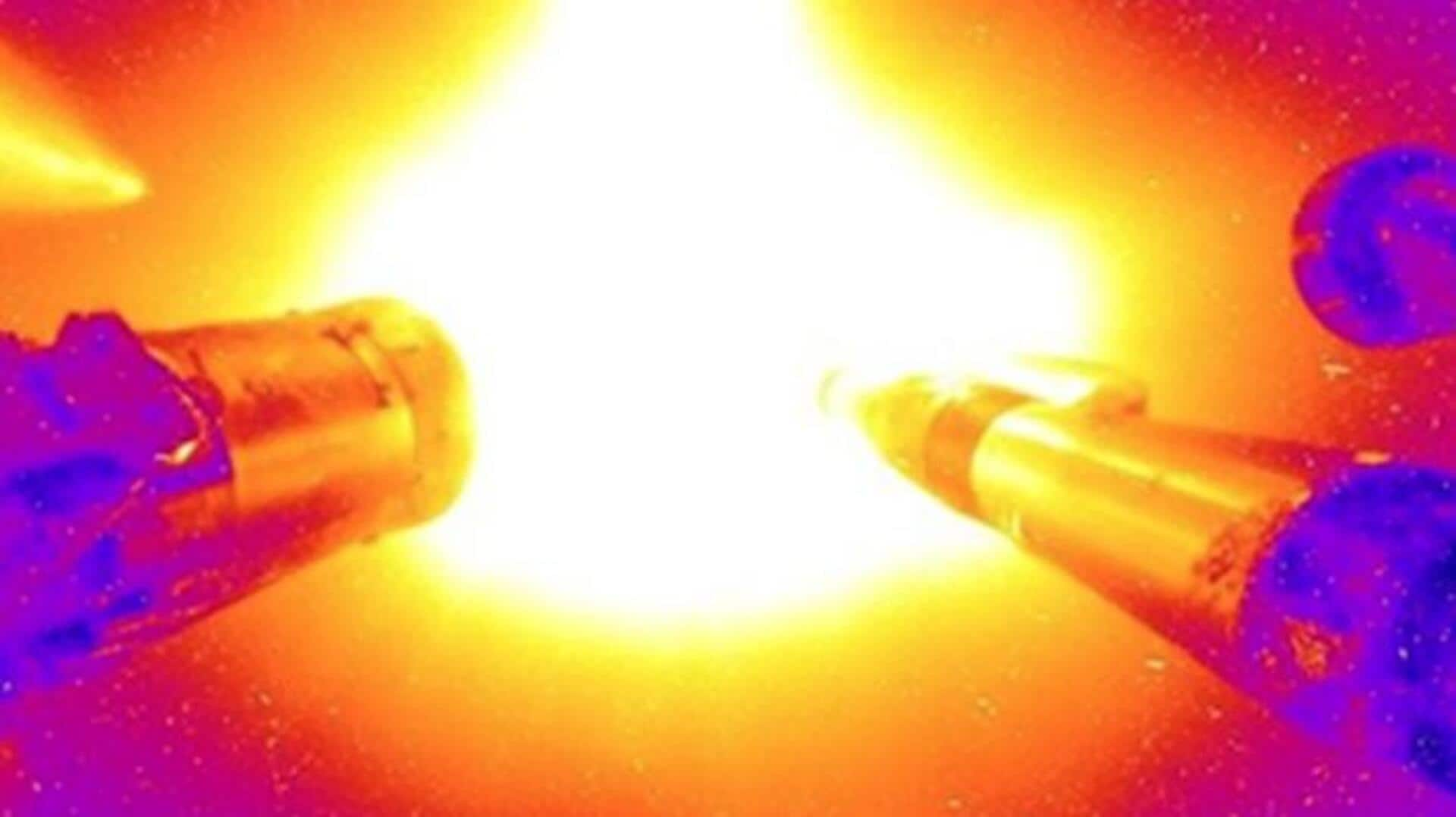
US scientists successfully repeat fusion ignition for the second time
What's the story
The US National Ignition Facility (NIF) has achieved fusion ignition for the second time, marking a significant milestone.
Using some of the world's most powerful lasers, NIF forced hydrogen atoms into new configurations, generating energy.
This repeated achievement is crucial for improving the technology and brings us closer to unlocking virtually limitless energy without the drawbacks of radioactive waste or greenhouse-gas emissions.
Details
The technology could ultimately benefit thousands of households
In NIF's experimental fusion program, a tiny chamber filled with hydrogen isotopes absorbed rays from 192 powerful lasers, creating conditions similar to magnetically confined plasma whirlpools.
These charged particles must be hotter than the Sun's core to yield extra energy.
Scaling up this process would require several more ignition events. It could ultimately benefit countless households, for running air conditioners and other appliances.
Result
The latest attempt yielded more energy than the December experiment
The last time scientists achieved an energy gain in a fusion reaction using lasers was in December.
In that experiment, scientists generated 3.15 megajoules of energy using lasers that produced 2.05 megajoules of input.
In simpler words, it produced more energy from fusion ignition than input.
Notably, the latest experiment gave a higher energy yield than December, a significant step towards harnessing fusion power.